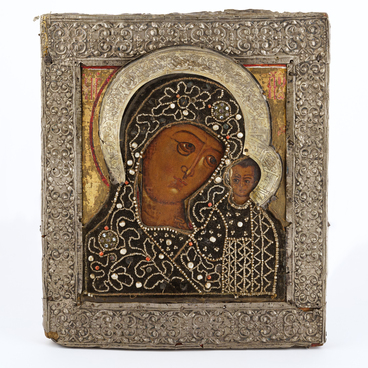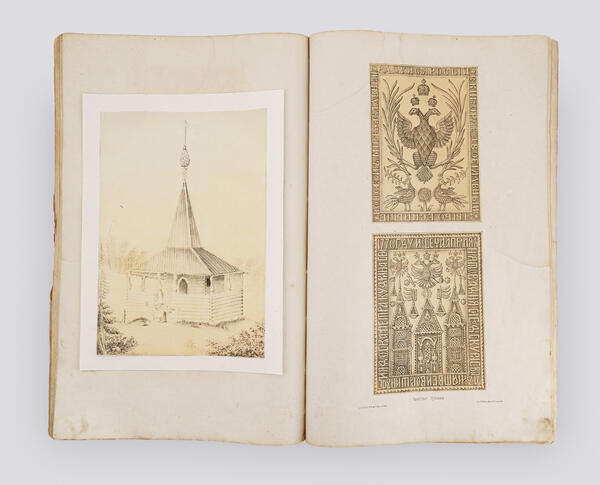The father of the prominent publisher, artist, archaeologist and ethnographer Ivan Alexandrovich Golyshev, Alexander Kuzmich, sold lubok literature. He managed to place his son in the Second Drawing School of Count Stroganov, where the boy successfully exhibited his talents and skills.
As a serf, Ivan Golyshev could not get a certificate after graduation and soon left the school. However, his interest in making lithographs and engravings never diminished. He created his first engraving at the age of 15.
In 1858, Ivan Golyshev, together with his father, opened the country’s first rural lithography workshop. Using a set of lithographic stones, they printed albums, books, and lubok pictures.
A lubok (or a lubok picture) is a type of graphics, a hand-printed and hand-colored image, characterized by simplicity and accessibility of imagery. Talented folk artists created vivid pictures with simple, often humorous or edifying captions, which brought a lot of joy to unsophisticated customers.
Popular bear festivities are reflected in lubok
pictures “Come on now, Mishenka”, released by Ivan Golyshev’s lithography
workshop in the second half of the 19th century. Here is how the
prominent lawyer, philanthropist and art connoisseur Dmitry Alexandrovich
Rovinsky describes bear festivities in the book “Russian Folk Pictures”,




